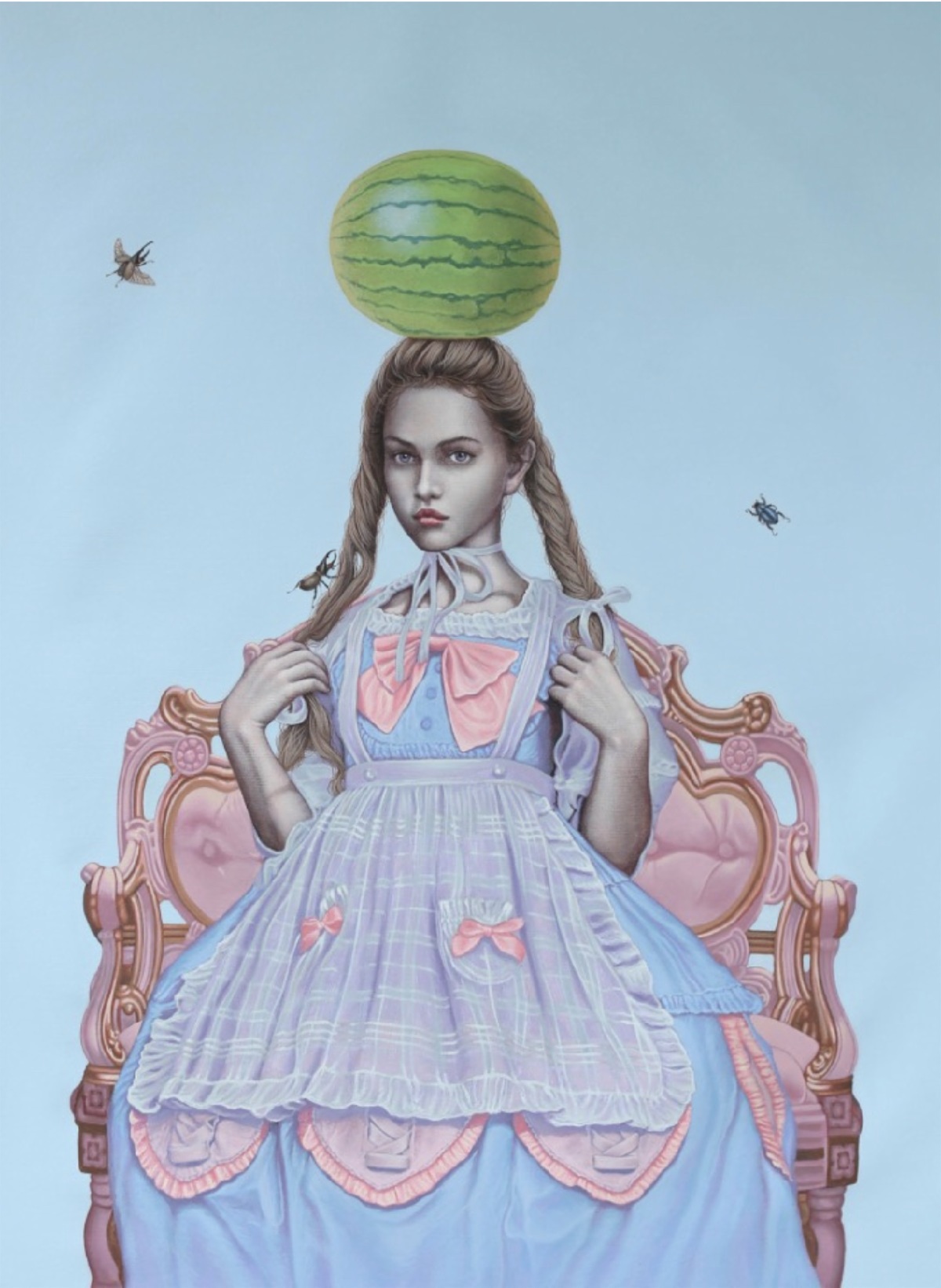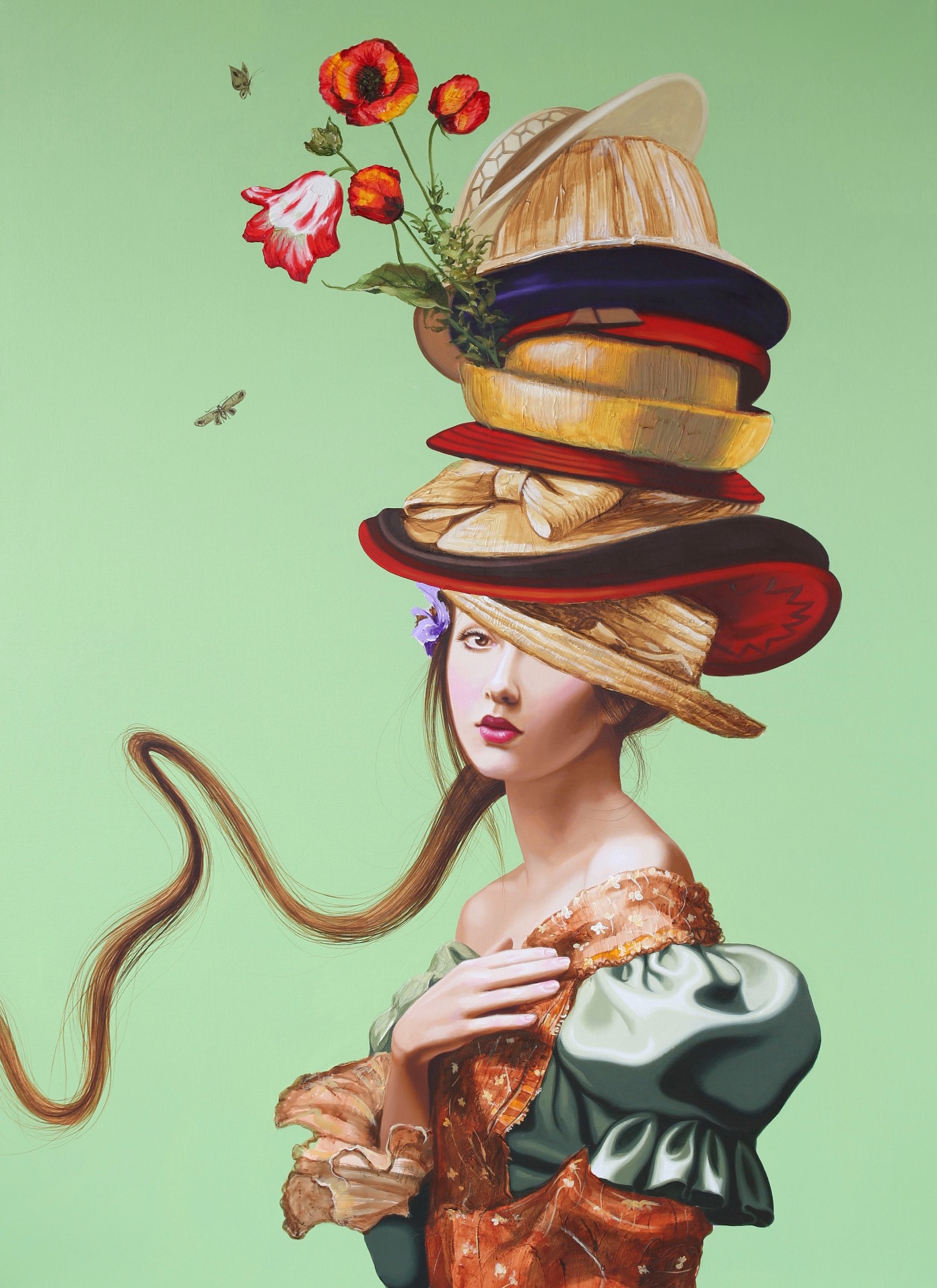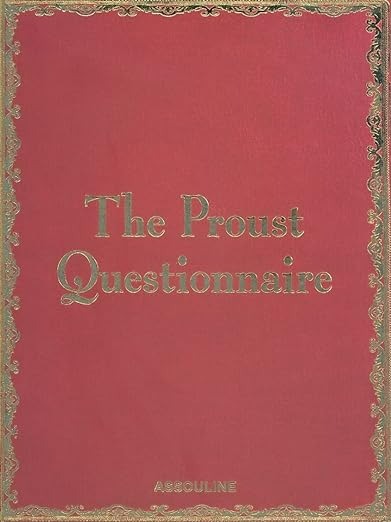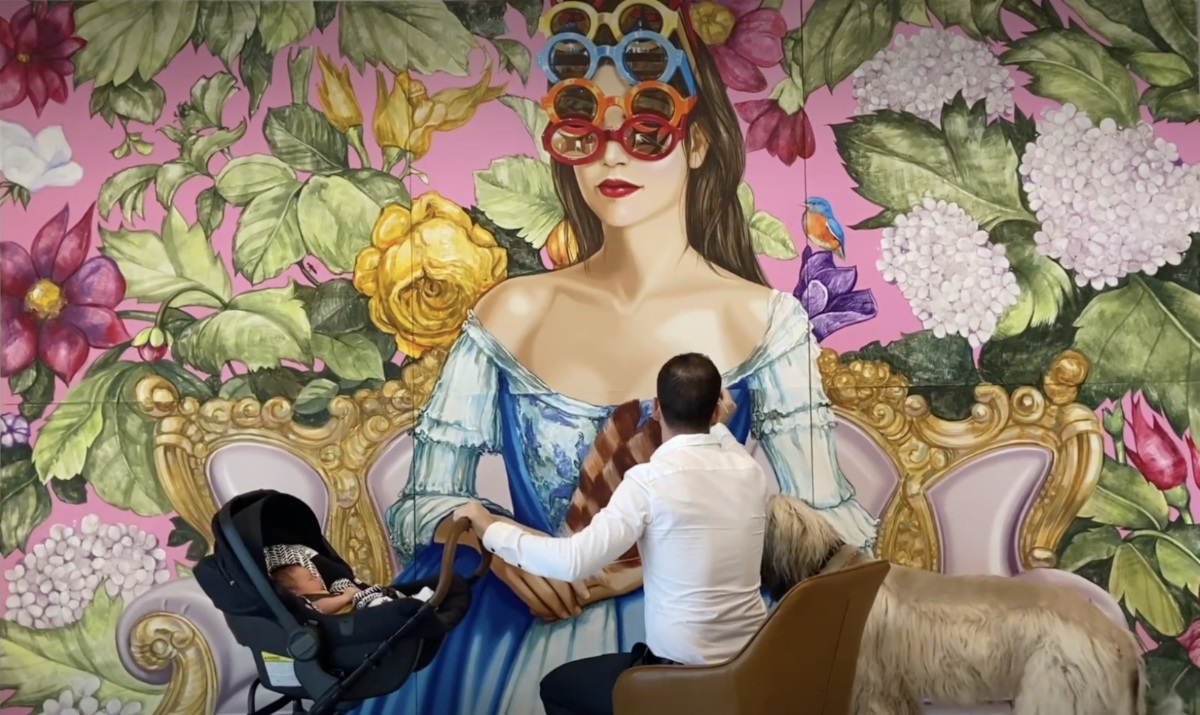ARTIST IN FOCUS:
CARLOS GÁMEZ DE FRANCISCO | POST-REVOLUTIONARY MAGICAL REALISM
Carlos Gámez de Francisco, born in post-revolutionary Cuba, in 1987, to a Cuban-Spanish mother and a Cuban-American father, grew up immersed in an academic environment heavily influenced by the Russian Academy of Arts.
From the age of five, he harbored a determined passion for artistry. In conversation, he will recount his determination to discover the world of painting as a child of five, inquisitively usurping his family’s toothpaste and using pigments to color the substance closest resembling an artist’s tube of oils or acrylics.
By the age of eight, he would spend some eight hours a day painting. Carlos’ commitment persists today as he spends up to 15 hours daily pursuing his art, which includes photography and painting.
Upon immigrating to the United States at 21 years old, with minimal resources and no knowledge of English, Carlos persevered through rigorous selfimprovement, mastering the language while working and painting tirelessly.
His exceptional talent and relentless dedication earned him recognition and artistic commissions and exhibitions at some of the most prestigious galleries.
In his artistic pursuits, Carlos passionately integrates symbolism, often incorporating insects into his compositions to convey nuanced meanings.
His unique code is that insects, which are in the air represent freedom, falling ones evoke chaos, and those at rest denote balance.
The Baroque Period, 2021, Acrylic on canvas, 27” x 36”
Girl with Hats, 2023,
Acrylic on canvas, 38” x 52”
His classical techniques caught the eye of an elite clientele and he began his career painting portraits and historical scenes. Carlos’ creativity and thirst for democracy led him to experiment with subject matter.
He wanted to portray all individuals in a stylized manner befitting a nation’s forefathers, royalty, or the elite in general.
This conviction led him to create a series featuring everyday people adorned with objects from their natural surroundings, thus challenging traditional notions of wealth and status. The portraiture that only the aristocracy could command and commission was now set in another context.
Drawing from personal experiences and observations, Gámez de Francisco’s work explores diverse themes, from reflections on childhood memories to societal observations.
He recalled in one conversation we had recently that he held a bewildered notion of an America where people loved their pets so much they were permitted to get up on the furniture, which was strictly prohibited at his mother’s home.
In his paintings, Carlos allows ponies and even horses to prance happily, fully saddled, on what otherwise would be a French baroque tufted throne-like sofa, clearly meant for distinguished sitting rooms.
His detailed and thought-provoking art has garnered numerous awards and exhibitions worldwide, cementing his status as a highly acclaimed artist.
Carlos Gámez de Francisco is represented by OMSA Gallery where his works are on view.
Derby Tradition I, 2023. Acrylic on canvas, 53” x 38”
THE PROUST QUESTIONNAIRE, REVISTED
In 1885 a parlor game of sorts took shape through a childhood friendship between Marcel Proust (poet, essayist, and among the most influential authors of the 20th century) and Antoinette Faure (daughter of the future Prime Minister of France at the time.) She had created a “confessional album” of sorts that she playfully in earnest asked him to fill out her aptly titled: “Confessions. An Album to Record Thoughts, Feelings, & c..” Proust was 14 when he first answered (later again at 20) the original 35 questions. His precociousness shone through, and to the rather commonplace question “Where would you like to live?” he answered, “In the realm of the ideal, or rather my ideal.” Many years after Proust’s death, Antoinette’s son, Andre Berge, discovered the confessional among his mother’s belongings. He published it in the French literary journal Les Cahiers du Mois, and has since become a favorite interview format, used by media to give us insights into celebrity. So, in celebration of a favorite poet, we carry on the tradition. It is said that if one hands you the Proust questionnaire, you have been bestowed with the honor, “in this ritual, of a special kind of prestige, granting the tastes, opinions, and preferences of the questioned, a timeless, philosophical appeal,” Our Artist in Focus being on Carlos Gámez de Francisco, we are delighted to present his compelling answers to this edition of the questionnaire, along with his work, daring whimsical, and elegant, as the artist himself. Caveat is that the Proust Questionnaire was modified to fit our curious curator’s gaze and bespoke for our own talented artists, and just as delicious a read. Bientôt, Daniella Sforza Curating Director OMSA Gallery
OMSA Gallery's version of the Proust Questionnaire
WITH CUBAN-AMERICAN ARTIST, CARLOS GÁMEZ DE FRANCISCO
1. What do you consider the most overrated virtue?
Righteousness: Acknowledging our limitations and embracing the unknown can be a sign of wisdom.
2. On what occasion do you lie?
I prefer an uncomfortable and respectful talk or even a silence before a lie.
3. What is your greatest regret?
No regrets. Life is a learning experience. Each moment, whether it brings success or failure, teaches us something valuable. It’s through our experiences that we grow, learn, and become better versions of ourselves.
4. Which historical figure do you most identify with?
Joseph from the Bible. His faith, kindness, and hard work inspire me.
5. Which artist – living or dead- do you most admire?
Picasso, Diego Velazquez, Rembrandt, Kehinde Wiley, Gustav Klimt, Monet…
6. What is the trait you most want to change in yourself?
Impatience
7. What is the trait you would want to change in others?
Selfishness
8. What is your greatest extravagance?
Traveling to 21 countries. My goal is to travel to every country in the world.
9. Which piece of yours was your parent’s (mother/father) favorite, and why?
My first watercolor. My mother, with discerning eyes, declared it my first commendable painting and that little piece led to my very first solo exhibition. I was 16 years old at the time.
10. What was the moment that you decided to be an artist?
At age five, I determined, with absolute certainty, that I would be an artist.
11. What do you consider your greatest achievement?
Creating a positive and beautiful family, becoming an artist, and helping others.
12. If you could choose to come back after this life, what would you come back as?
Same life, more wisdom.
13. What is the most treasured piece you have created?
My first drawing, when I was 5 years old, and my first watercolor, when I was 16.
14. Of what was your earliest drawing?
The explanation of how the water runs from the lake to the faucet.
15. What did you dream of becoming as a child?
An artista
16. What is your most marked characteristic?
Kindness and creativity
17. What do you most value about your work?
Art allows me to express my inner thoughts, emotions, and perspectives. It’s a way to
communicate without words—a visual language that transcends boundaries. Art breaks rules.
It defies norms. I value the freedom to express, challenge, and provoke. It’s rebellion with a brushstroke.
18. What medium is your favorite and why?
Watercolor is all about simplification—each brushstroke must be precise and delicate.
Something is enchanting about the way watercolor paints blend, flow, and créate ethereal washes.
19. What period of art history would you choose to live in?
Renaissance
20. What will your obituary read?
“To live in hearts we leave behind is not to die” – Thomas Campbell
21. What is your motto or how would you want to be quoted?
Embrace curiosity, learn relentlessly, and spread kindness.






